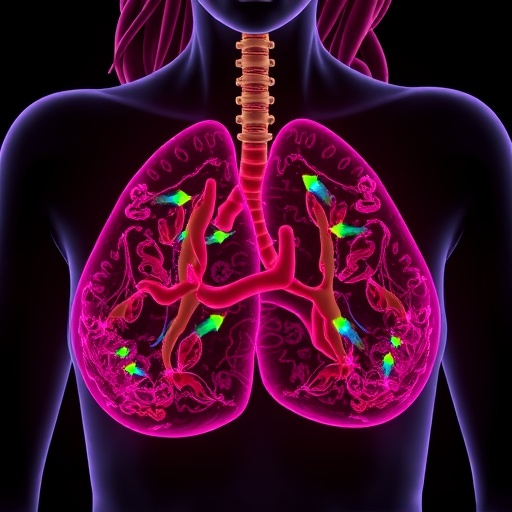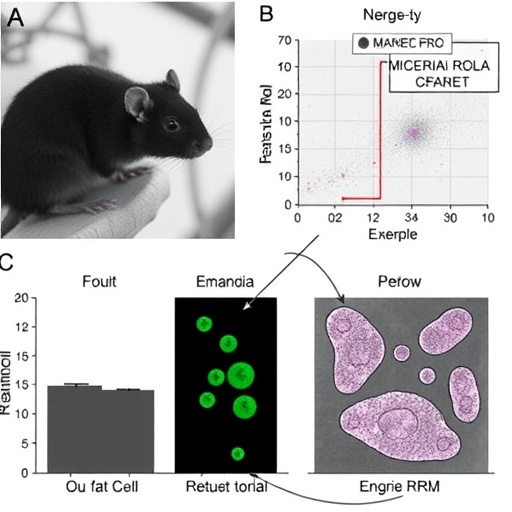Researchers from the Medical Center – University of Freiburg and the University of Zurich have discovered an entirely new infection route for influenza A viruses. While all previously known influenza A viruses bind sialic acid moieties on the host cell surface, the recently discovered bat-derived influenza A virus subtypes infect human and animal cells by utilizing MHC class II proteins. The immunologically relevant MHC class II molecules are ubiquitously found in many animal species, which is why the discovery will play an important role in assessing the risk of spill-over infections to other species than bats. The study, published on 20 February 2019 in the journal Nature, also provides new approaches to the evolutionary genesis of influenza viruses.
“In the lab, bat viruses can use the MHC class II complexes of mice, pigs, chickens, or humans to enter the cell. It is thus not unlikely that these bat-derived influenza viruses could be transmitted naturally from bats to other vertebrates and even humans,” says Prof. Dr. Martin Schwemmle, study and research group leader at the Institute of Virology at the University Medical Center Freiburg.
Gene Expression Analysis and Gene Scissors Lead to Success
With a two-pronged strategy and a lot of effort, the researchers from Freiburg and Zurich finally succeeded in finding the cellular factor mediating the virus’s entry into the host cell. First, the group of Prof. Dr. Silke Sterz from the Institute of Medical Virology of the University of Zurich compared the proteins produced in infectible cells to those produced in non-infectible cells. Using a technique called transcriptomic profiling, the researchers estimated the amount of cellular proteins via mRNA copies. This approach already provided strong indications for the MHC class II complex as the receptor candidate. Then, the team from Freiburg led by Prof. Schwemmle conducted a screening experiment in which they cut one of a total of 20,000 genes in single cells using the molecular scissor CRISPR-Cas. “Cells in which we switched off MHC class II were immune to infection. That was the final proof that the virus enters the cell with the help of MHC class II molecules,” says the virologist.
The discovery of this second, sialic acid-independent, mechanism also raises the question which strategy was first in evolutionary terms. “It is quite possible that the newly discovered route of infection via MHC class II originates from the already known sialic acid pathway,” says Prof. Schwemmle. The current study also raises new research questions: Are there other influenza viruses that use MHC class II proteins as host cell receptor? How simple can influenza viruses switch their receptors, and is it even possible that influenza viruses emerge, which can infect target cells by both receptors? “These are all questions that we now aiming to investigate, because influenza viruses are evidently more versatile than previously thought,” says the virologist Prof. Schwemmle.
###
Original title of the publication: MHC class II proteins are cross-species entry receptors for bat influenza viruses
DOI: 10.1038/s41586-019-0955-3
Contact:
Prof. Dr. Martin Schwemmle
Research Group Leader
Institute of Virology
Medical Center – University of Freiburg
Phone: +49 (0)761 203-6526
[email protected]
Media Contact
Dr. Martin Schwemmle
[email protected]
Related Journal Article
https:/
http://dx.




